Adapting Education for AI: Navigating Challenges and Formulating Solutions
- omemy tutorials

- May 28
- 8 min read
Updated: Oct 20

Have you come across one or more of these scenarios in your classrooms???
A student who struggled with writing suddenly submits flawless, perfectly timed assignments.
Plagiarism checkers return clean reports, even for work that feels “too good to be true.”
The written work is excellent, but classroom performance doesn’t match up.
References look perfect—until you try to find them.
That usual mix of writing styles and skill levels? It’s vanished. Suddenly, everyone submits polished, similar work.
Are you perplexed by all these developments? Yes, the probability is that AI has quietly crept into your classroom, and there's no way you can banish it!
A Wake-Up Call for Educators
The education system is undergoing a silent revolution driven by GenAI tools like ChatGPT, Gemini, and others. With just a few prompts, students can generate full assignments, reflections, or even personalized essays. The result? Traditional teaching and assessment methods are quickly becoming outdated.
In a recent survey, every educator agreed: we must rethink how we teach and assess. All respondents of the survey agreed that 'teachers, tutors, and assessors will have to redesign the system of learning and assessments to meet the challenges imposed by AI in education'. This blog post examines the challenges posed by AI in education and outlines practical solutions to promote authentic learning experiences.
Survey Report
Challenges to Consider/ What's Changing?
Despite the exciting opportunities GenAI brings, challenges remain. In the said survey, the respondents were requested to select the statements they agreed with from a set of statements. The most widely accepted statements by the respondents of the survey are as follows:
Students/Learners are increasingly using Generative AI for submitting the course assignments.
Identifying / Marking assignments as AI generated will be a subjective exercise which will remove objectivity and add friction between teachers and learners.
GEN AI will be a cause of concern for all forms of learning but the challenges will be different.
Gen AI will push education system to make positive changes to the teaching-learning environment that will make education system more relevant to the changing world scenario.
Let us break down these statements thematically for an in-depth analysis of the issue.
Academic dishonesty
Academic dishonesty stands out as a significant issue. With increased access to AI tools, students may be tempted to submit work that isn’t theirs. Many students are already using Gen AI to write their assignments, essays, reflections, explanations, and more.
Descriptive assignments have traditionally been designed as tools for checking knowledge of facts, reasoning ability, and writing proficiency. While traditionally, these assignments required students to refer to resources and weave information systematically to generate a strong response to the question, with Gen AI, it only takes a few clicks to create responses to the most complex questions. Since these tools paraphrase and generate original-sounding text, plagiarism detectors often miss them. It’s nearly impossible to tell if work was written by a student—or an algorithm.
The Impact of AI on Assignment / Assessment Formats
The traditional education model relies heavily on written assignments/assessments with action verbs like Describe, Explain, Define etc. to gauge students' understanding of subjects. The problem is even more pronounced in coursework-based qualification models where the entire qualification is granted on coursework without summative assessment. If all a student needs is a prompt, what are we really testing?
The Role of AI in Distance and Remote Learning
AI has the potential to revolutionize distance and remote learning. While these formats have already gained popularity, educators must face challenges from AI-generated content. One of the most pressing concerns is the validity and reliability of remote assessments. With AI submissions on the rise, educators must find new ways to measure students' knowledge accurately. Implementing live assessments, interactive dialogues, or real-time discussions can help educators evaluate students' understanding better.
Equity in access to technology
Not all students have equal access to AI tools, which can create gaps in learning outcomes. While the basic versions of most AI apps are free to use, access to get the maximum benefit out of these applications is still varied. This might place students coming from different backgrounds on unequal footing. Additionally, academic readiness and ability to use technology might differ for different individuals. This could further complicate the issue where the speed of inception of technology might create a new kind of classism and take merit away from individual capabilities.
Strategic Solutions: Fighting Fire with Fire
Educators must shift from conventional assignments to more experiential learning. To tackle these challenges, educators must embrace adaptive strategies. A strong focus on critical thinking and creativity should drive curriculum development. Group projects that encourage collaboration and allow for shared input can help students offer unique insights while reducing the risk of AI-generated submissions. Some of these strategies have been elaborated below.
Build AI Literacy: Teach the Tool, Don’t Fear It
Why? Understanding AI’s strengths and blind spots empowers both teachers and students to use it ethically and effectively.
Example:
Teacher Workshop: Host a hands-on session where educators experiment with ChatGPT to draft a lesson plan, then critique the AI’s factual errors and biases.
Student Module: Assign a mini-project where students prompt an AI to explain a math concept, then compare its explanation to a textbook—identifying inaccuracies or missing context.
Class Debate: Debate the statement “AI should grade our essays.” Students must use evidence from both AI outputs and human-graded samples.
By demystifying AI, educators and learners become savvy collaborators with technology, not adversaries.Create AI-aware curriculum design. Establish clear AI use guidelines
Redesign Assignments: From Static Tasks to Dynamic Journeys.
Learning and assessments should be looked upon as a journey heavily relying on first-hand experiences and not judged on a piecemeal basis. For a very long time, the sub-sections of learning objectives have been treated as individual units, taught and tested in unrelated manner. It would be a welcome change to see learning and assessments designed as a learning journey where every milestone builds upon the previous one.
Example:
Traditional: “Write a 1,000-word essay on climate change.”
Upgraded:
Phase 1 – Research Diary: Students keep a digital journal logging three real-world climate articles they read, with one critical question per article.
Phase 2 – Data Collection: Each student measures local temperature trends (e.g., via online datasets or simple campus sensors) and submits raw data charts.
Phase 3 – Collaborative Proposal: In small groups, they analyze the data, craft a community initiative (like a tree-planting drive), and present a live pitch—backed by their research diaries and charts.
This multi-step approach not only makes AI plagiarism cumbersome, it also builds real-world skills.
Focus on Experience: Showcase the Learning Process
Shift to Process-Based Assessment, focus on documenting learning journey, evaluate problem-solving approaches & assess collaboration and communication skills. To ensure that students genuinely demonstrate their understanding, assignments should consist of elements that require personal experience, critical analysis, and real-world applications.
Why? AI delivers perfect prose—but it can’t document a genuine research journey or personal reflection.
Example:
Traditional: “Explain the causes of the French Revolution.”
Upgraded:
Field Interview: Students interview a local historian or watch a museum video tour, then submit a 3-minute vlog summarizing new insights.
Reflection Memo: They write a 300-word reflection on how the expert’s perspective changed their understanding.
Peer Critique: In class, they exchange vlogs and give live feedback—documented via a shared Google Doc.
By valuing interviews, vlogs, and peer interaction, this format spotlights personal engagement beyond AI-generated text.
Elevate Group Work: Let Collaboration Defeat Automation
Why? AI can’t participate in dynamic, real-time brainstorming or conflict resolution within teams.
Example:
Traditional: “Group report on renewable energy sources.”
Upgraded:
Role Assignments: Each member takes on a distinct role (e.g., researcher, data analyst, presenter).
Live Workshop: Teams host a 15-minute “teach-back” session for classmates, complete with a Q&A.
Process Portfolio: They submit a shared workspace log showing version history, meeting notes, and decision-making rationale.
This ensures individual accountability and highlights soft-skills AI cannot replicate.
Reinforce Integrity: Cultivate a Culture of Originality
Incorporating honor codes is another vital strategy. By placing emphasis on academic integrity, institutions can reinforce the importance of original work and outline the consequences of dishonesty. This approach can cultivate a culture of responsibility and accountability among students.
Why? Honor codes and clear policies remind students that integrity matters more than perfection.
Example:
AI-Use Agreement: At the start of term, require students to sign a “Responsible AI” pledge, detailing acceptable and unacceptable use (e.g., “I may use AI for brainstorming, but I will always cite its contributions”).
Integrity Reflections: After each major project, students submit a short note on which parts of their work were human-generated versus AI-assisted—and what they learned from the process.
Integrity Badge: Award digital badges for exemplary transparency, such as “AI-Ethics Champion,” displayed on their portfolios.
These steps make honesty visible—and valued—throughout the course.
Design AI-Resistant Assignments
Create tasks that are more cumbersome for AI than for students with actual knowledge.
Clever Examples:
Fill-in-the-Blank Mastery: Instead of "Explain photosynthesis," try "Complete this equation: 6CO₂ + 6H₂O + _____ → C₆H₁₂O₆ + 6O₂ + _____"
Real-Time Observation: "Describe what you observe when you mix baking soda and vinegar, documenting changes every 30 seconds for 5 minutes"
Local Context Integration: "Analyze how the economic principles we studied apply to [specific local business/event in your community]"
Constraint-Based Writing: "Write a 200-word summary using only words that appear in our course textbook's glossary"
The Human Edge: What AI Can't Replicate
As we navigate this transformation, remember what makes us uniquely human:
Personal Experience: AI can't interview your grandmother about her childhood or observe your local community's challenges.
Emotional Intelligence: The ability to read between the lines, understand subtext, and connect emotionally with content remains purely human.
Creative Problem-Solving: While AI can generate solutions, it can't innovate based on lived experience and cultural context.
Critical Questioning: AI provides answers, but humans ask the questions that matter.
Assessors need to design assessment formats where students find it quicker to answer based on their knowledge and are more cumbersome with AI, as the prompts will need multiple iterations and responses will have to be reformatted and not directly copied. As teachers/assessors, make honest effort easy and copying difficult; it is human nature to opt the easier route.
Not every student's decision to use AI is generated from a place of dishonesty.
Traditional assessments has been consuming a sizeable proportion of a student's time, are passive in nature, which might not be in sync with the sensibilities of the fast pace of life in current scenario. Add to it the amount of repetition expected in most traditional assignments to ascertain a format. A typical assignment begins with an introductory note, continues with detailing of main points with supporting evidences and ends with a summary of the assignment contents. Effectively, most content is being repeated a minimum of 3 times in the process. While developing writing proficiency is one of the underlying objectives for this format, the format itself has been over-utilised to have lost respect for the amount of time and passive repetition it demands.
Building Tomorrow's Classroom Today
The most successful educators aren't fighting AI—they're dancing with it. They understand that the future belongs to students who can work alongside artificial intelligence while maintaining their uniquely human capabilities.
Key Mindset Shift: Move from being information providers to becoming learning facilitators. Your role isn't to compete with AI's ability to generate content, but to guide students in developing wisdom, judgment, and the ability to apply knowledge in complex, real-world situations.
The Road Ahead
Educational transformation won't happen overnight, but it's already begun. The classrooms thriving in 2025 are those that embraced change early, experimented boldly, and never lost sight of education's core purpose: developing thoughtful, capable, and creative human beings.
The AI invasion isn't the end of authentic education—it's the beginning of something potentially extraordinary. The question isn't whether AI will change how we teach and learn. The question is whether we'll lead that change or let it happen to us.
The choice is ours. The time is now.
-WebP.webp)






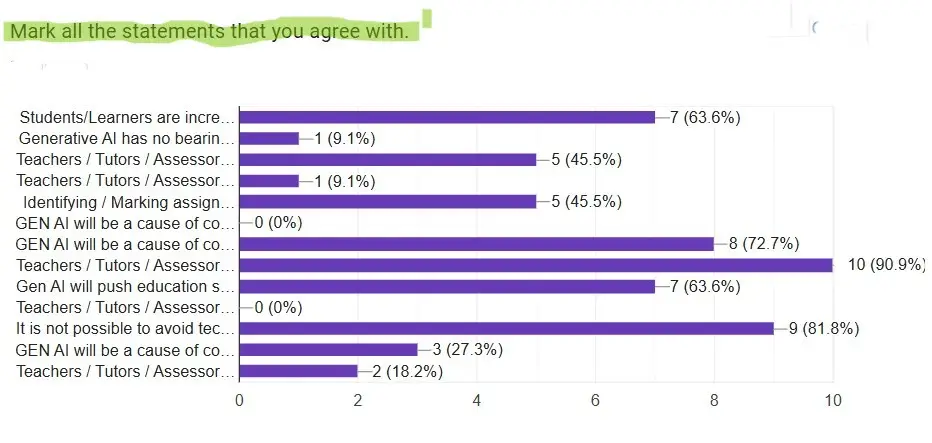
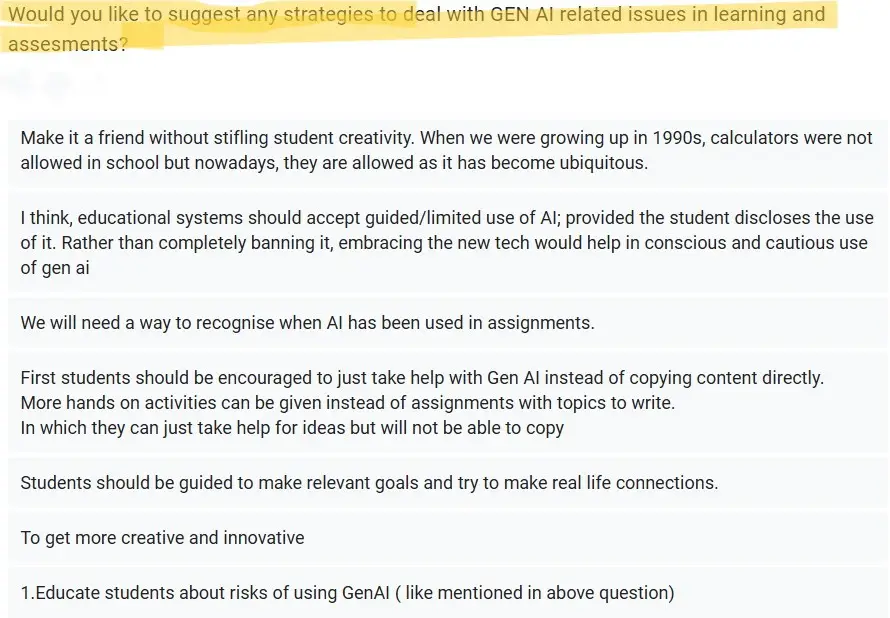
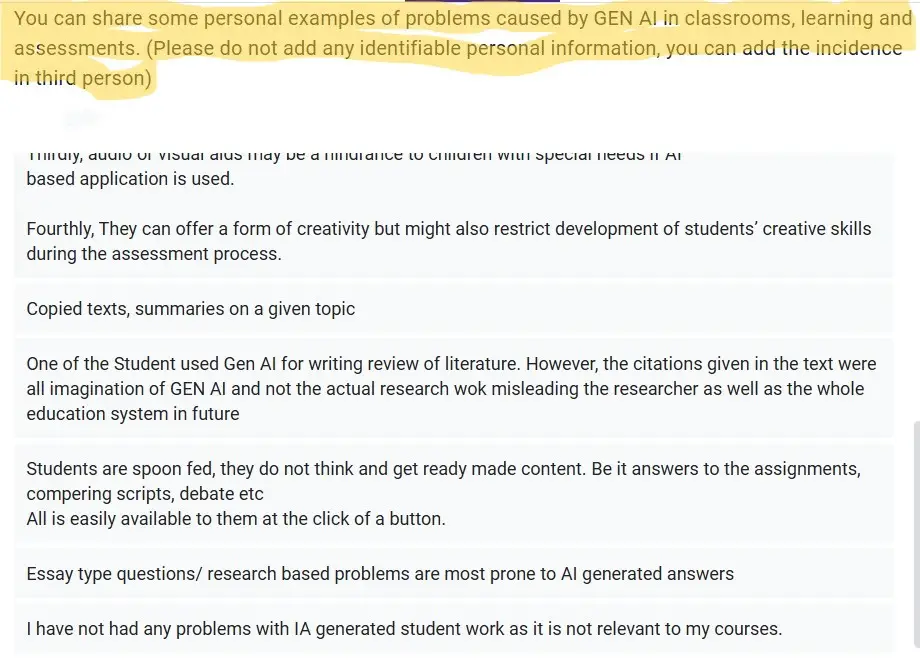
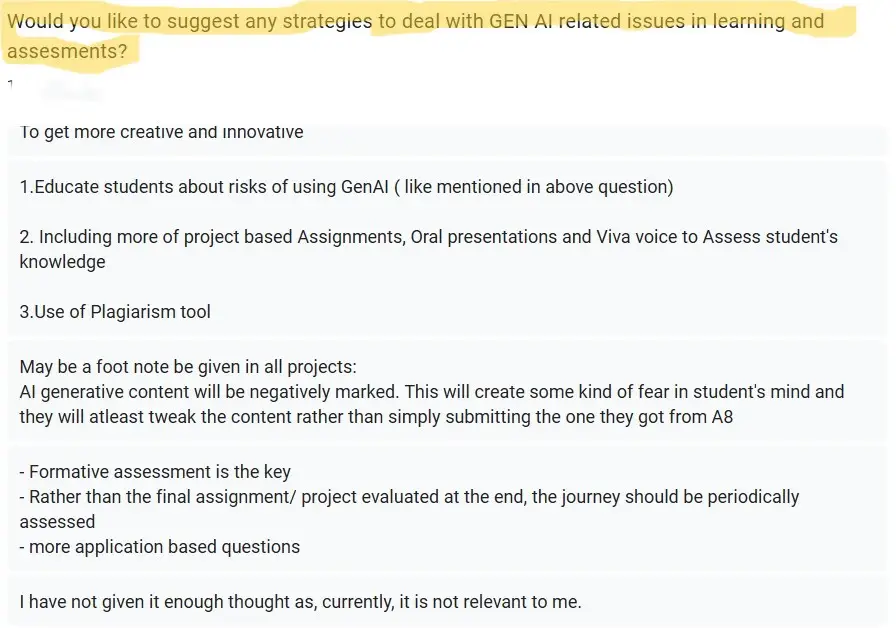
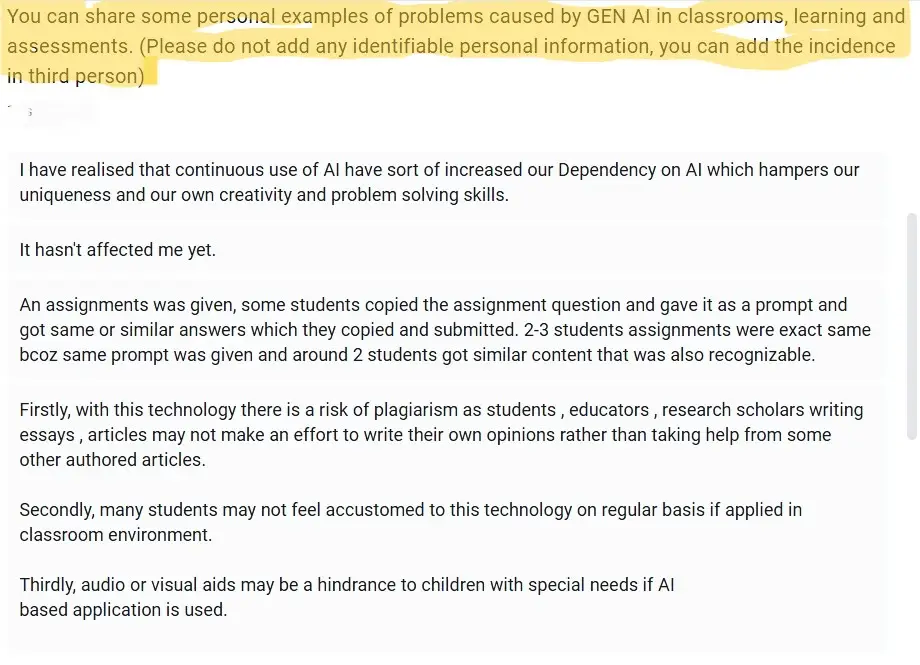



Comments